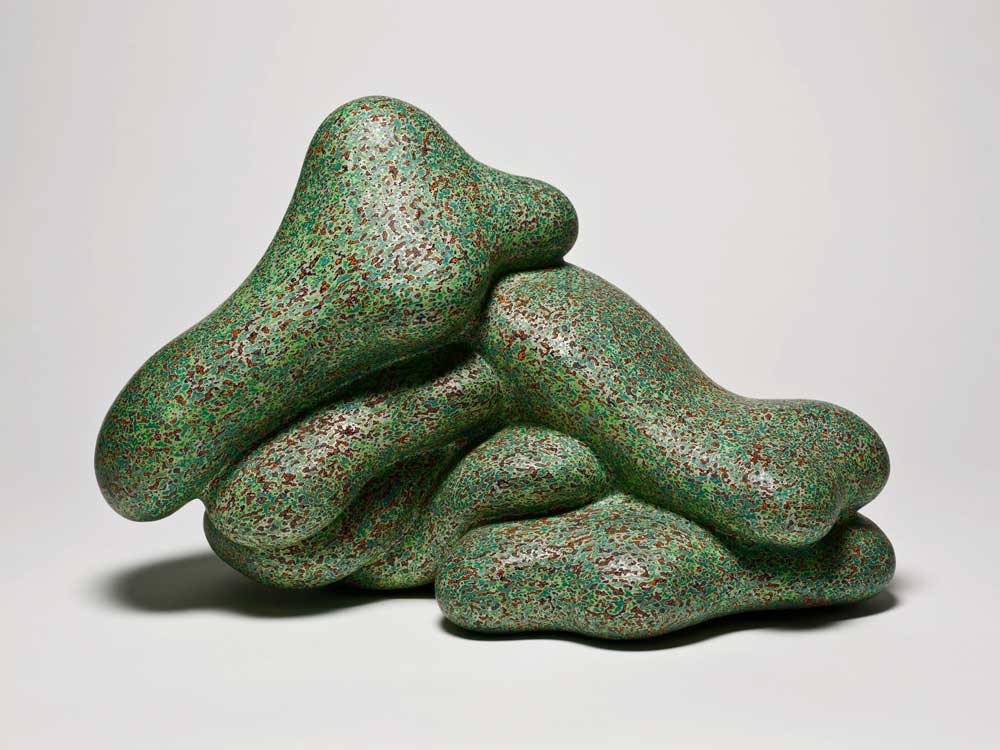 Dear Reader,
Dear Reader,
This issue is a fave of mine. I’ve always loved crafts, especially as a youngster. I taught myself how to sew and embroider, and I made a hooked-rug wall-hanging in my high school art class. I was by far the youngest member of a quilting bee. I even considered becoming a ceramicist when I was an undergraduate. But in my mind, at the time, I didn’t think of those mediums as something to be taken seriously. No notable or major artist worked with those materials. Crafts were reserved for hobbyists—and I wanted to be an artist.
Recently, little by little, these mediums have been showing up in art galleries. Sure, Picasso and Matisse used clay as a medium, but their ceramic pieces were supplemental to their paintings. Ceramics became recognized in the contemporary fine art world with the likes of Ken Price and Betty Woodman—few other artists were working solely with the material. It really hit home when I was visiting the Frieze LA art fair last February in Santa Monica, where crafts were being prominently displayed—and purchased. There were weavings, tapestries, ceramics, embroidery, hooked rugs, you name it—about the only things missing were macramé and candle-making. Works were dangling from ceilings, covering vast wall spaces and crowding gallery cubicles, all in bright colors, messy glazes, wrinkly fabrics and unexpectedly lascivious scenarios. It was a cacophony of texture in 3D. These relatively new-to-the-art-world mediums made everything else look drab and passé.
When there’s an explosion of new art forms, one wonders if history will record it as an art movement. What caused this new attitude toward crafts, once considered the lowest of art forms found in thrift shops and beachside galleries alongside thrift-wood sculptures? Are artists rebelling against high art and the attitudes that go with it? What caused this quiet revolution in the art world?
Several theories might answer this question for our future history books. Four artists featured in our Crafts & Utility issue have different reasons for choosing their medium. Melissa Joseph, interviewed by New York contributor Annabel Keenan, uses felting to address broader social issues such as gendered labor and identity. Contributor George Melrod talks with Diedrick Brackens about his weaving works; Brackens identifies as a “weaver” and says that working in this medium is his “inheritance,” a medium that he feels has been disregarded in the art world. Sal Salandra, on the other hand, practiced needlework when he was a hairdresser, to pass time perhaps, creating flowers and cute dogs. He eventually gave up the dogs and flowers for more provocative subject matter. His beautiful new book, Iron Halo, is reviewed by Tucker Neel. Lastly, Ahree Lee’s weavings morphed from her video works and computer-related algorithms—the thinking behind both is not so dissimilar, as she tells William Moreno.
I, for one, am thrilled to see this new genre in today’s art world. The tactile freshness of these mediums feels innovative in their use and intention. It all makes me want to dust off my sewing machine—and make some art.



















0 Comments